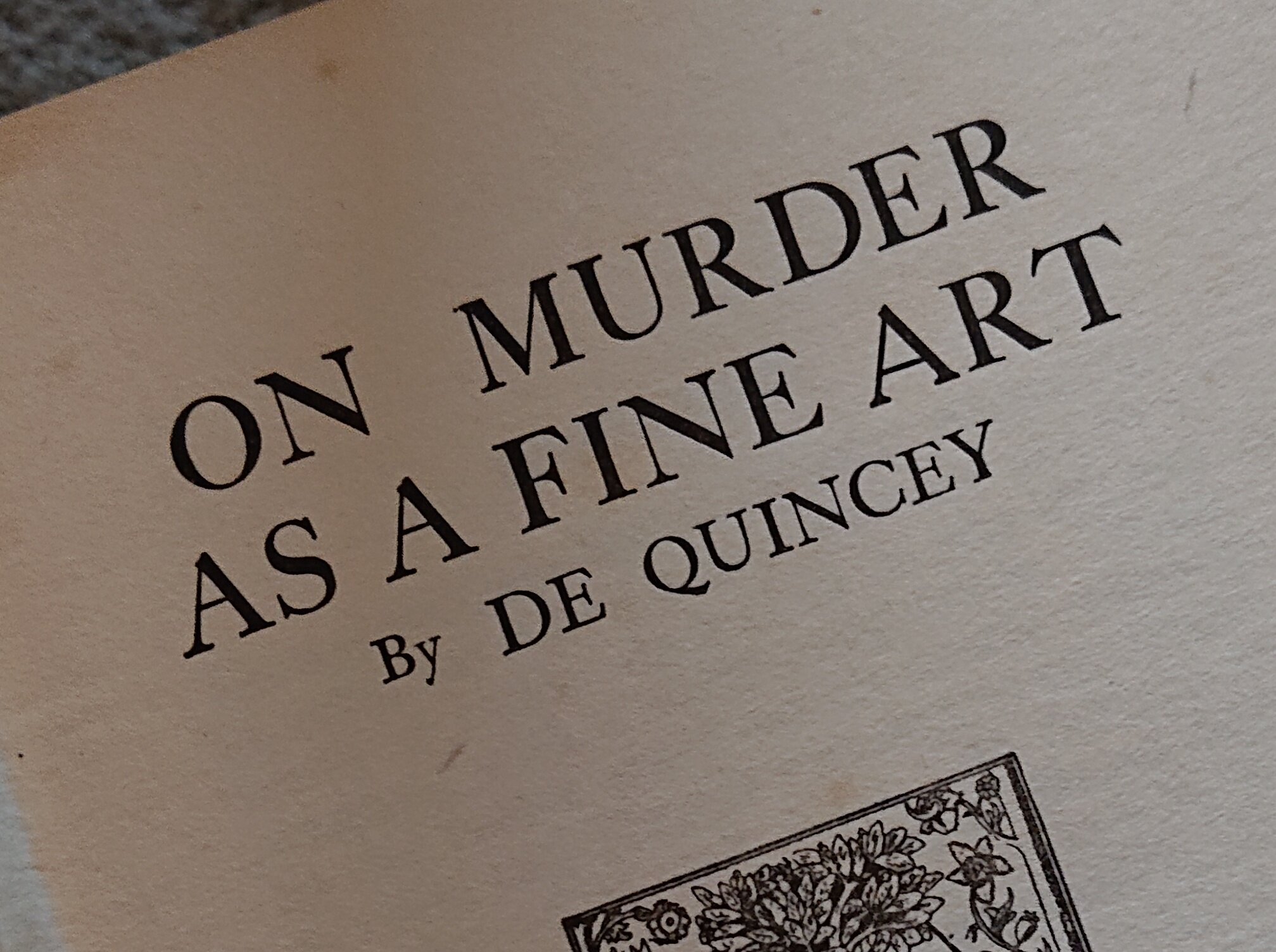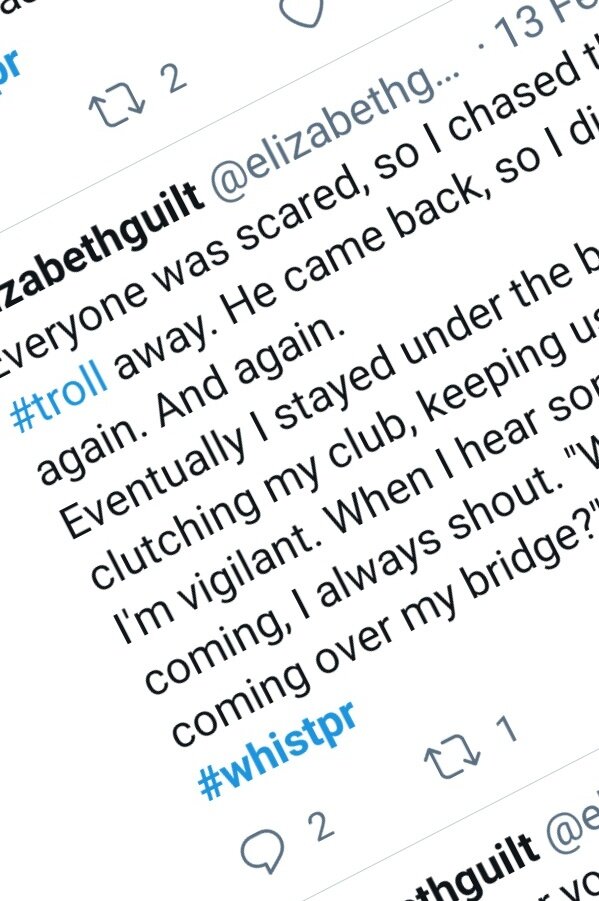More than a year ago, I wrote about my practice of aiming for 100 submissions a year. In mid August 2021, I’m at 72 submissions, which is more or less on track. I’ve been trying to keep as many stories in flight as possible, and trying to keep a closer eye on markets’ schedules so I can plan what to submit, when, and to whom. I’ve also been sending stories to more high-profile markets (which tend to have higher volumes of submissions, and much lower acceptance rates).
The unfortunate and entirely-predictable consequence is that I get a lot of rejections. So far this year: 5 acceptances, 60 rejections, and 7 waiting-to-hear. Many of the speculative fiction magazines I read and submit to are US-based, so if their first-line readers are considering stories in the evening I will often see the responses when I (in the UK) wake up in the morning.
An email rejection is not the most energising start to the day! However, it’s a useful discipline for cultivating resilience. Putting your work out there is going to result in rejection, and learning not to take it personally is essential. It is all part of the process; it happens to everyone; many great works were rejected before they found a publisher. As a last resort, one can always mutter that the editor is probably an idiot anyway. (Disclaimer: I do not think editors are idiots. But I have been known to mutter it on occasion to make myself feel better).
What Does a Form Rejection Mean?
Receiving large numbers of rejections leads to a lot of rejectomancy. I first encountered that word in Metaphorosis Magazine’s guide to their own submission process, but their are plenty of other uses of it - including this essay on why it is broadly a terrible idea. The essay defines it as “the art of reading (too much) between the lines of a rejection”.
The most common form of rejection is the “form rejection”; a copy-and-pasted set of words that is sent out with almost every response. It might be incredibly brief and to the point. It might be complimentary, and suggest that you send something else. It might run to several paragraphs explaining that you should not take the rejection personally, it is merely one editor’s opinion, etc, etc. It will, however, contain nothing which relates specifically to your story, and will be generated by a submissions system or pasted in by a weary slusher for (almost) every rejection they send.
So there is no information to be gleaned from it. Surely?
Recently, I received a form rejection from a magazine I respect very much*, which said:
“We enjoyed reading this story, but unfortunately it's not quite what we're looking for right now. We hope to see something new from you soon!”
So far, so form-y. However! I have submitted to this magazine several times before, and previously have had rejections that look like this:
“We appreciate the chance to read your work but unfortunately this piece didn't quite work for us. We appreciate your interest in our magazine.”
I choose to take the change as a promising sign.
Conversely, a very encouraging rejection of one of the first submissions I ever made became, retroactively, somewhat less so when a later submission to the same market received a response which was word-for-word the same. The thing I had - at the time - taken as a “personal rejection” was, in fact, just a friendly and encouraging form. If it doesn’t specifically mention at least a detail from your story, it ain’t personal.
That does not mean it is without worth. Magazines are not just being nice to you, their rejections should be taken at face value. If they say they enjoyed your work, believe them. If they say they want to see more, then get on and send them something new.
What about personal rejections?
Personal rejections are sent out at wildly differing rates by different publications. Some magazines will (almost) always send a brief thought on the story, some have a policy of never doing so. Feedback - especially on how a piece can be improved - is always useful and always welcome. Even something very brief, like “the ending felt a bit flat” or “it feels a bit rushed”, can suggest an area for consideration. I recently had a piece of flash fiction rejected by a magazine that complimented the ideas behind the story, but added “you may need a larger canvas to present them”. Which is the sort of uh-oh, redo-from-the-ground-up idea that needs a lot of thinking about.
I don’t always act on the feedback - and certainly not straight away - but I find it helpful, and always appreciate anyone who has taken the time to include it. Even when the comments seem incredibly off-base they can be useful: why has this editor so badly misunderstood the story? what have I not made clear? You may need a break for some more therapeutic muttering about idiocy, but revisiting your work to see if their reading is a valid misunderstanding is then a route to improvement.
Some markets invite you to state whether you want their feedback, warning that you may get unfiltered, contradictory, or undiplomatic opinions from their readers. I always tick that box, if it’s an option - although it can at times feel brutal. A fantasy story I sent out came back with the response “not only isn't it fantasy but I don't think it's even a story”. I don’t actually intend to change that piece, but I think it was a valuable lesson in matching your work more carefully to the market.
But why? Why??
Of course, the question that any writer really wants to answer is “why?” Why did the editor reject this story?
The most cheering rejection experience I ever had came from one of my most favourite horror markets. An editor wrote me a lovely note telling me that they thought the story was very good, and a near miss, but that it was a little too "quiet" for their audience. On thinking about it, I understood exactly what they meant - and realised that perhaps I’d be better off sending the piece (which I’d been describing as horror) to markets that specialise in dark fantasy. This, to me, was the absolute gold-standard of rejection: it was encouraging, it gave me a very clear understanding of why the story wasn’t accepted, and gave me actionable feedback.
The most common reason I have seen given for rejection is a variation on “not a good fit for us right now” or “does not meet our needs at this time” - which is, unfortunately, not really actionable at all. Assuming you covered the basics of “fit”, and didn’t send splatterpunk to a market that requested gothic horror, then there is little to do but try again with something different.
On the other hand, I did recently receive a note from an editor which mentioned that “we found your work very compelling and it fit our style” - which was great, although sadly they also said it was “not right for us at this time”. I have no way of knowing whether the time is not right because they have just published a similar story, or because their next issue is shaping up around an unrelated theme, or because is it Tuesday and the editor just really dislikes Tuesdays. Mutter, move on.
The most disconcerting thing is the extremely positive rejection. I received a mail which read:
“This story really hit home, especially in the middle of a pandemic. The beginning of the story felt magical and I was caught up in the beauty and excitement of a new place. It took me to another world, and I really appreciated it!”
There was some extended muttering, at that point, specifically around the idea that if you are going to say “this story does not suit our needs at this time”, then the above feedback could at least include a “but…” in it somewhere. However, of all the pieces I’ve submitted I think this one has received the most wildly-variable feedback, so it was reassuring to know that at least one person enjoyed reading it.
Ultimately, in most cases, you will likely never know exactly why a story was rejected and too much rejectomancy really does seem like a bad thing. Read any feedback, note if the market invited you to send more work, learn what you can. Mutter a bit, if you need to. Then move on: revise it, submit it somewhere else, or set the story aside for later consideration. And remember that you are not alone. In that moment, there is doubtless another writer - probably not even very far away - feeling exactly the same.


















